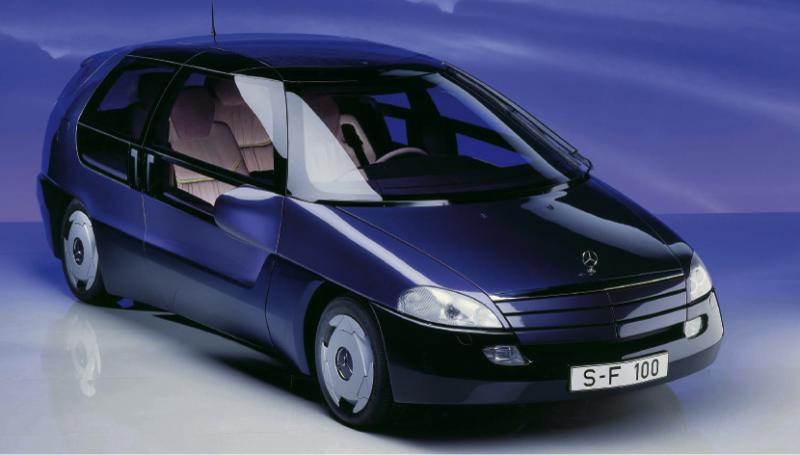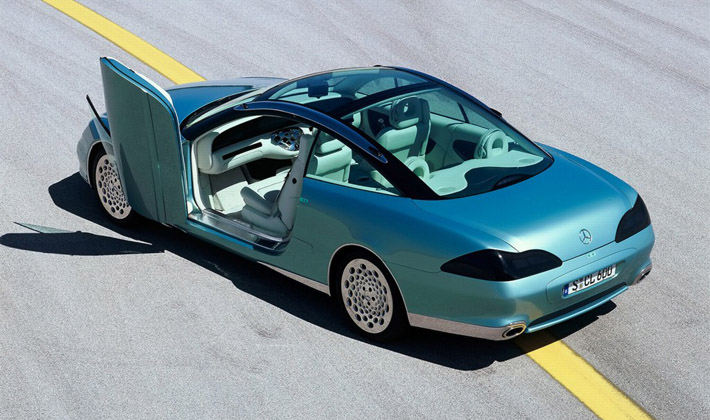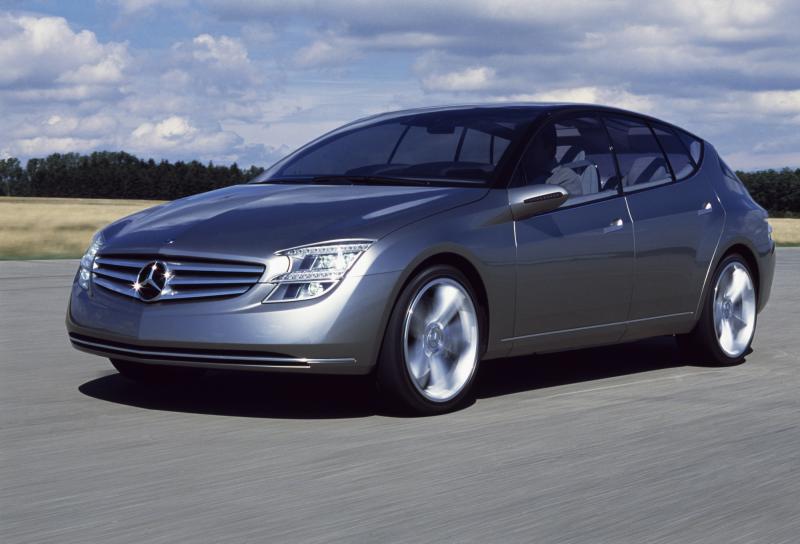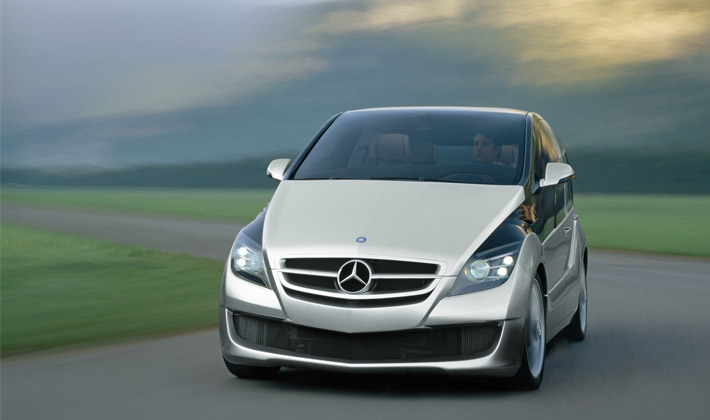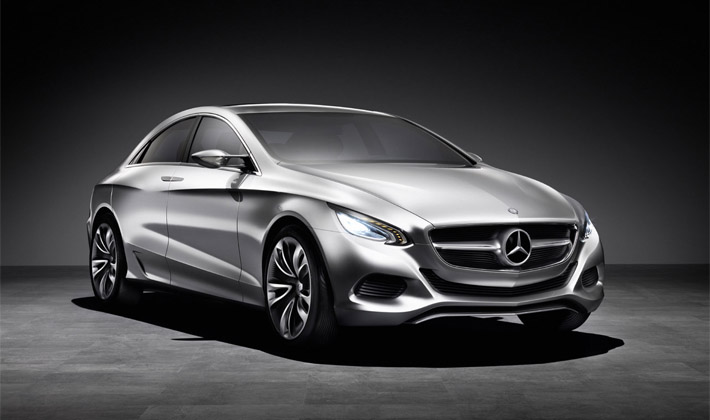From the very beginning, when Carl Benz invented the world’s first motorcar, the Benz Patent-Motorwagen in 1886, and even today, Mercedes-Benz has maintained a legacy of inventive genius. This can be seen in many if not all of the Mercedes-Benz production models of today. Play the video below for an in-depth look at the journey of the F-Series research vehicles or check out the gallery below and find out what technologies each vehicle provided for the models of today.

Mercedes-Benz F100 Research Vehicle
Back as 1991, the first car of the “F” series, the F 100, introduced what was at the time revolutionary concepts – concepts like voice control, autonomous intelligent cruise control and distance radar – these are all technologies that are now in series production.

Mercedes-Benz F200 Imagination
When the Mercedes-Benz F 200 Imagination arrived in 1996, it featured a revolutionary step in design, in addition to Active Body Control (ABC) advancements that offered increased stability. Additional innovations on the Mercedes F 200 included doors that opened automatically with a magnetic card (the forerunner of today’s Keyless-Go system), side airbags, windowbags (another present-day feature) and the Active Light function that’s also available today.

Mercedes-Benz F400
Then, in 2001, the Mercedes F 400 Carving was designed to significantly improve driving dynamics with the Active Tire Tilt Control (ATTC) system. It was created by adjusting the camber angle of both the front and rear wheels when cornering or during hard braking.

Mercedes-Benz F500
Hybrid technology was introduced in later models like the Hybrid F 500 Mind. In addition to taking the first steps in hybrid technology, it also featured innovations such as Night View Assist, a system that operates using infrared headlamps for improved visibility at night. Today this concept is a reality in the E- and S-Class models.

Mercedes-Benz F600
In 2006, the Mercedes-Benz F 600 Hygenius marked the introduction of an environmentally friendly fuel-cell hybrid drive vehicle.

Mercedes-Benz F700
It was followed shortly after in 2007 with the F 700 that featured the revolutionary DIESOTTO engine. The DIESOTTO engine was made noteworthy by combining the advantages of low-emission combustion engines with the consumption benefits of a diesel engine.

Mercedes-Benz F800
The Mercedes F 800 Style paved the way for new design styling in 2008 with its coupé-like characteristics. It also featured an innovative new multi-drive platform, a new display concept – Cam-Touch-Pad HMI (Human Machine Interface), and the current PRE-SAFE® 360° system which offers extra protection in the event of a rear end collision.

Mercedes-Benz F125
More recently in 2011, we saw the arrival of Mercedes-Benz’s most recent research vehicle, the F 125! It was the world’s introduction to emission-free driving in the luxury segment. The Mercedes flagship vehicle represented a radical reinterpretation of a sports saloon, blending futuristic lightweight materials with experimental operating concepts, innovative drive technology and a breathtaking new design direction. Via: Mercedes-Benz UK
